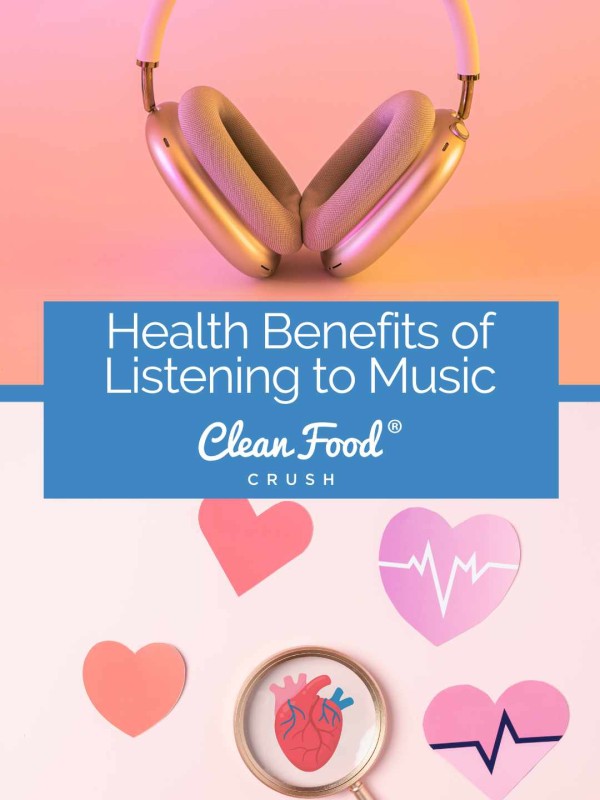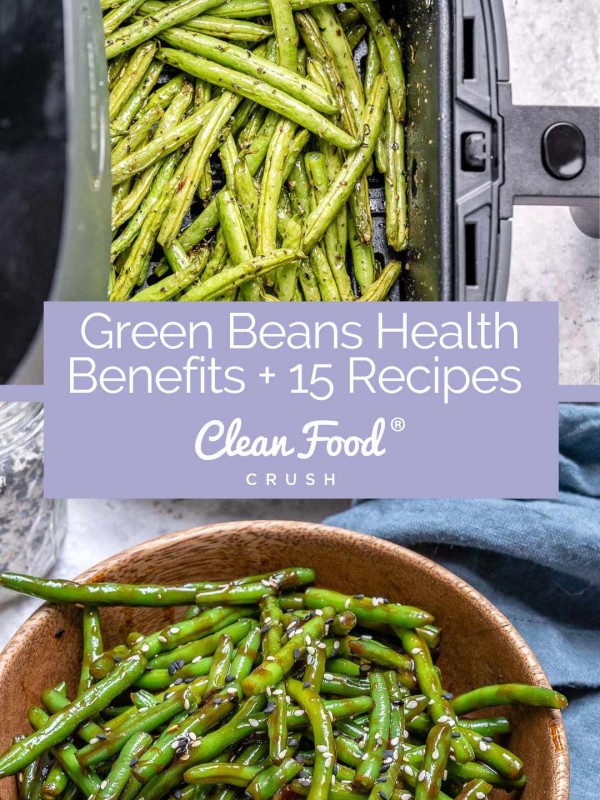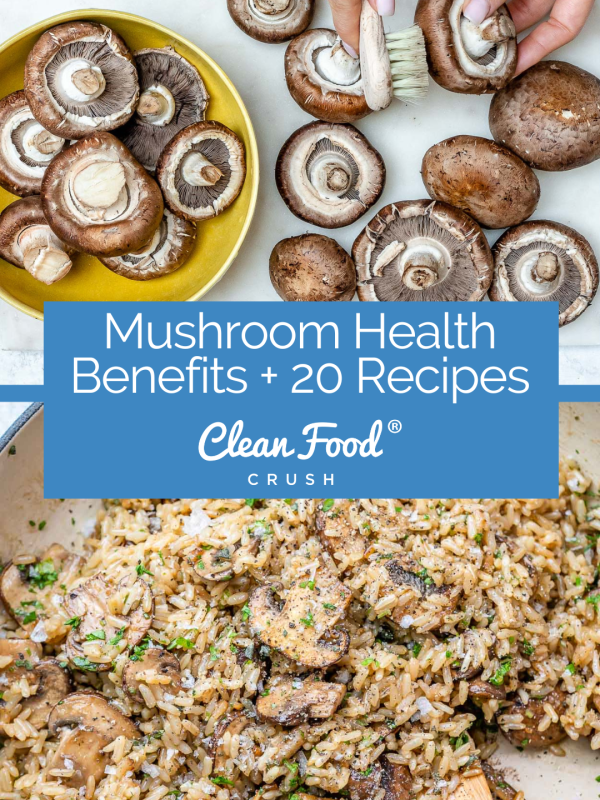This post contains affiliate links. Please see our disclosure policy.
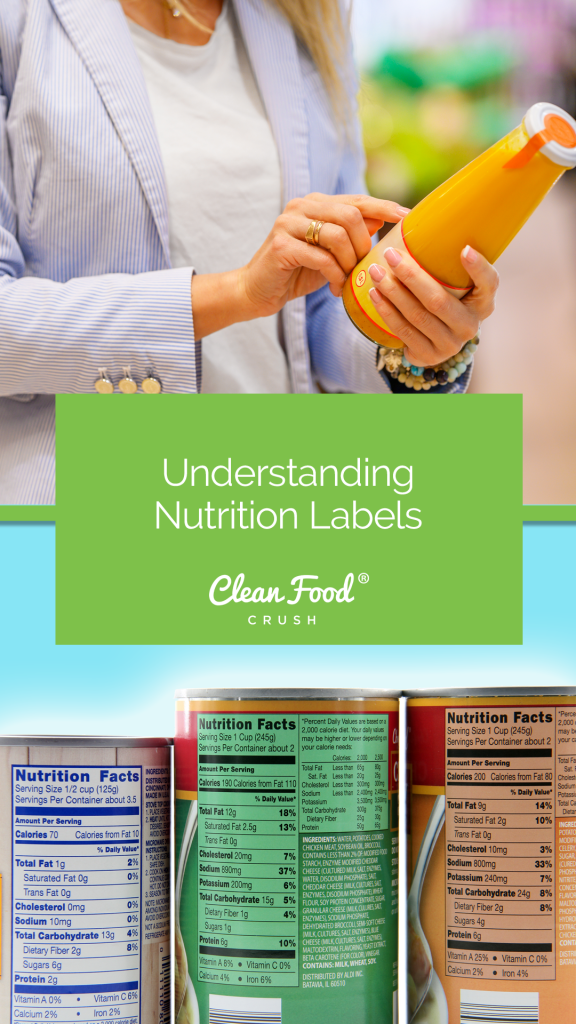
What’s On A Nutrition Label?
You’re probably familiar with what a nutrition facts label looks like on a packaged food item. These labels have been required to be on all packaged and processed foods for many decades, and list things like the ingredients and the nutritional information such as calories, fat, and carbohydrates.
Yet reading one of these labels can understandably be a bit confusing. It is easy to get distracted by the many words, numbers, and percentages and not be sure what each of them means or what is most important to focus on. In addition, with so many food manufacturers adding health claims and other marketing terms to their products, it can lead to even more confusion!
So we’re here to help break it down for you so that you can have confidence when comparing food labels and choosing the best products.

Using Labels To Protect Your Health
There are many reasons why knowing how to read a nutrition label is important to understand. If you have a health condition like diabetes, celiac disease, or a heart condition, knowing how much of certain nutrients is in a product and what the ingredients are is essential to managing your condition. Yet even if you don’t have a health condition, it’s still important to know how to read a nutrition label so that you’re able to choose healthy and safe food for you and your family.
New FDA Requirments For Nutrition Labels:
You may have noticed over the past year or so that the appearance of the nutrition facts label has changed, which was set forth by the FDA and is required to be fully implemented by food manufacturers by 2021.
These changes include:
- Using a larger print for calories and servings per container to help them stand out more
- Adding “added sugars” as a category under “total sugars”, which helps distinguish between the two
- Removing “calories from fat”, since research shows that the type of fat is more important than the amount
- Changing which vitamins and minerals are required to be listed in amounts per serving and as a percent of daily value (which is the percentage of average and estimated need per day). Vitamin D and potassium are now required to be listed since they have been found to be nutrients of concern for Americans. Vitamins A and C will no longer be required but can be included on a voluntary basis. Calcium and iron still remain required.
- Updating the serving sizes to be more realistic with how much people actually may eat
- Listing calories and nutrients for a single serving as well as the whole package for foods that are typically consumed in one sitting
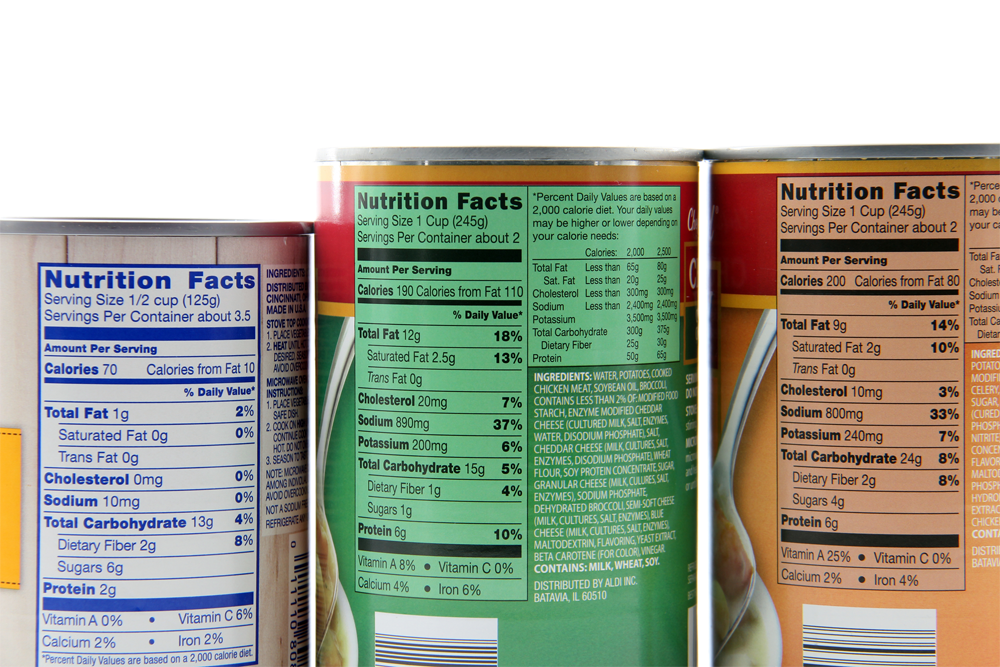
What to look for on a nutrition label
There are a lot of words and numbers on a nutrition label, and some of the categories are more important than others. It can be confusing to know what is most important to focus on, so here’s a breakdown of what matters most to pay attention to for your health (listed in no particular order):
- Serving size-As mentioned above, this is now listed in larger font on the label since it is especially important to pay attention to. The serving size is the portion of food that all of the other numbers and values on the label refer to. Ex: if the serving size is 1 cup and the calories are 200, it means that there are 200 calories in that 1 cup. This is important since it is common to consume an amount of food that is larger than the serving size, which means all of the other nutrition values would also increase. Note that there is sometimes more than 1 serving size listed on a label, so make sure you’re looking at the intended one.
- Total calories-This is the number of calories for a given serving size. While this number should be referred to as a guide, keep in mind that the quality of calories matters much more than the amount. Ex: 200 calories from a nutrient-dense food like nuts affects the body in a more favorable way than the same amount of calories from something like soda.
- Trans fats-Trans fats are the most harmful type of fat, so much so that the FDA placed a ban on their use in the food supply which was required to be fully implemented by January 1, 2020. However, food manufacturers can claim that a product has “0 grams of trans fats” on the label as long as the product has less than 0.5 grams per serving, which can still be harmful to health. This is why it’s important to check the ingredients list for words such as “partially hydrogenated oils” or “hydrogenated oils”, which will tell you if the product actually contains trans fats or not.
- Saturated fats-These are also believed to be a less healthy type, and are linked to conditions like cardiovascular disease and are therefore recommended to be limited. Saturated fats are mostly found in animal products like steak and butter. Keep in mind though, that plant sources such as coconut products may not affect health in a negative way, so it’s the animal sources that are most important to limit. The World Health Organization recommends limiting saturated fat intake to no more than 10% of total calories.
- Sodium-Although sodium is an essential electrolyte for our health, too much can negatively impact health, especially for people who have or are prone to high blood pressure or cardiovascular disease. Some people’s body’s are more sensitive to sodium than others, but it’s a good idea in general to try to limit sodium intake, especially added sources. Processed foods like canned soups, condiments, frozen meals, and processed meats are major sources of sodium and should be limited or avoided.
- Dietary fiber-Fiber is a type of carbohydrate and is listed underneath the “total carbohydrates” section on a label. Most people don’t consume enough fiber, and it is super important for many aspects of health including blood sugar balance, gut health, and weight management. The recommended intake for fiber is between 25-30g/day for adults.
- Added sugars-This is newly required to be listed on a label, since research shows that added sugars are more harmful to health than naturally occurring sugars. Research has shown added sugars to increase the risk for heart disease, obesity, type 2 diabetes, and inflammation in the body. Try to keep added sugar intake to less than 25 grams per day. Check out this blog to learn more about added sugars.
- Protein-Protein plays many important roles in the body including muscle growth and repair as well as contributing to a feeling of fullness. Not every item you eat needs to contain protein, but it’s a good idea to include at least 10-25 grams of protein with every meal. Therefore, use the label to become familiar with foods that contain this macronutrient.
- Vitamins and minerals-The ones required to be listed on a label are potassium, calcium, iron, and vitamin D, but different food manufacturers may choose to list other nutrients as well. It is a good idea to check to see how much of each nutrient is included in foods with a nutrition label, with higher numbers generally being better.
- Ingredients List– This is one of the most important parts of the label, yet often the most overlooked. Ingredients are listed in order of quantity in the product, so the first ingredient listed is present in the largest amount. Therefore, the first 5 ingredients are the most important since they are the most prevalent in the product. These ingredients should ideally be recognizable and a whole food source. Some ingredients to watch out for and try to avoid include:
- Partially hydrogenated or hydrogenated oils (aka trans fats)
- Names for sugar including high fructose corn syrup, cane syrup, evaporated cane juice, or dextrose
- Refined oils such as vegetable, soybean or canola oil
- Sodium nitrates
- Artificial sweeteners such as aspartame, saccharin, and sucralose
- MSG (monosodium glutamate)
- Any artificial colorings such as blue 1, red 3, and yellow 6

What Do Those Percentages Mean?
You may be wondering about the percentages listed on the right-hand side of a label, which indicates the percent daily value. These percentages are based on a 2,000 calorie/day diet for the average human being, and are intended to be used as a guideline. They don’t fully explain how a food measures up for your specific needs since it is very likely that your needs are either higher or lower than what is on the label. So don’t get too caught up in these percentages.
What’s Real and What’s Marketing?
Aside from paying attention to all of the items outlined above, the other thing to take note of is all of the marketing claims that are commonly used on packaged food items. Unfortunately, many health claims like “all natural” and “heart healthy” are not always regulated by the FDA, so don’t automatically trust such marketing language. However, other claims may be accompanied by a seal of approval such as for “USDA Organic”, “Certified Gluten Free”, or “American Heart Association Certified” and are trustworthy claims since they are regulated and require strict investigation before being able to be used on a product.
When in doubt, always check the other important items described in this post like the ingredients list, amount of fiber, types of fat, etc to evaluate how healthy a product is.
In Summary
Understanding both how to read a nutrition label and what the most important pieces of information are can help determine the health of a product. Use the information outlined in this post to help make healthy choices for you and your family.




